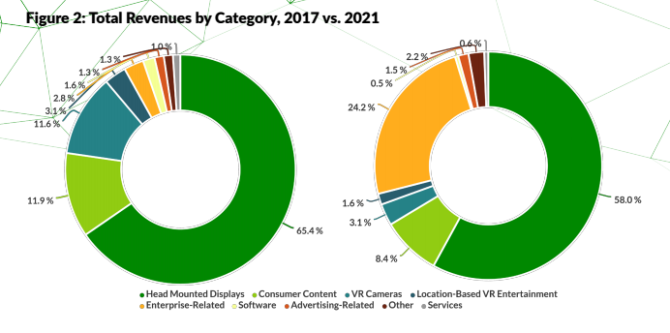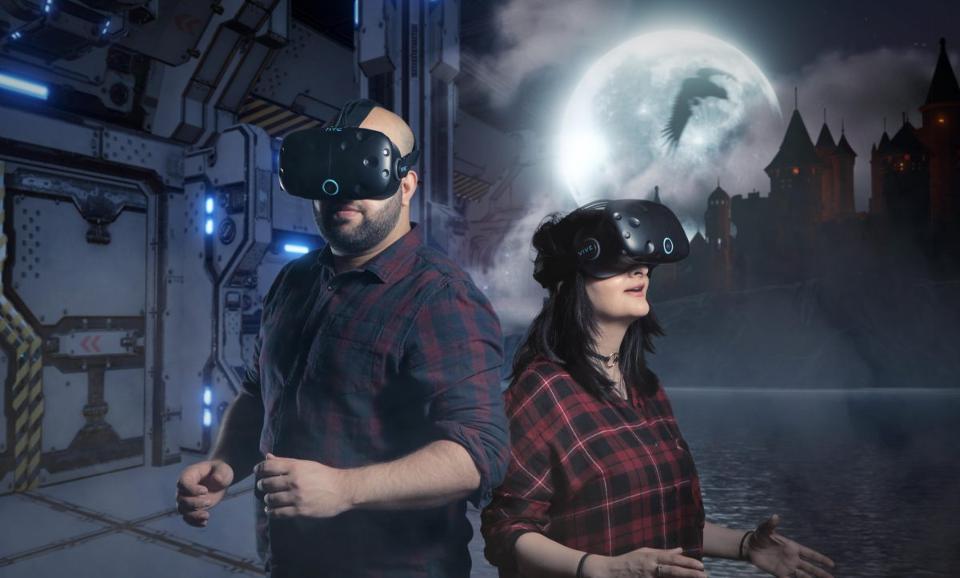
by Blogmeister Meisterblogger | Jun 14, 2017 | Industry
I have been ranting about Location Based VR Experiences for the last few years and it seems as if the business model is starting to gain traction. In a Road to VR article written by Greenlight Insights analyst Colin McMahon, VR Developers Prioritizing VR Arcades for...

by Blogmeister Meisterblogger | Jun 13, 2017 | Industry
I just bumped into an interesting article today written by Ian Sherr for CNET talking about his experiences with VR Arcades. VR Arcades are very similar to what iMyth is trying to create. The big difference is that the VR Arcade are positioning for smaller term, fast...

by Blogmeister Meisterblogger | Apr 14, 2017 | Entertainment, Industry
I suppose this was inevitable. Not only are location based immersive experience sweeping the the American country-side but it seems as if the fever is also catching abroad. VR Arcade are very popular in China. Limited hi-end PCs and and the desire for social...

by Blogmeister Meisterblogger | Apr 11, 2017 | Entertainment, Industry
After what seemed to be an almost two year wait, the Void has finally opened their doors in their home Utah location. I have yet to sample any of The Void’s experiences. I have read there are many good aspects and many bad aspects. Overall, each individual needs...

by Blogmeister Meisterblogger | Apr 11, 2017 | Industry
According to Greenlight, more than 65{76c5cb8798b4dc9652375d1c19c86d53c1d1411f4e030dd406aa284e63c21817} of all VR revenue will come from headset sales this year. The anticipated revenue from VR this year is $7.17B. This is expected to grow to $72.82B by the beginning...

by Blogmeister Meisterblogger | Apr 5, 2017 | Entertainment, Industry
I knew there were going to be many players in the immersive experience industry. I just didn’t expect so many with quality product and coming from over-seas. Look out Void, Dreamscape, Zero Latency and iMyth, there is a new player in town and it looks like they...





